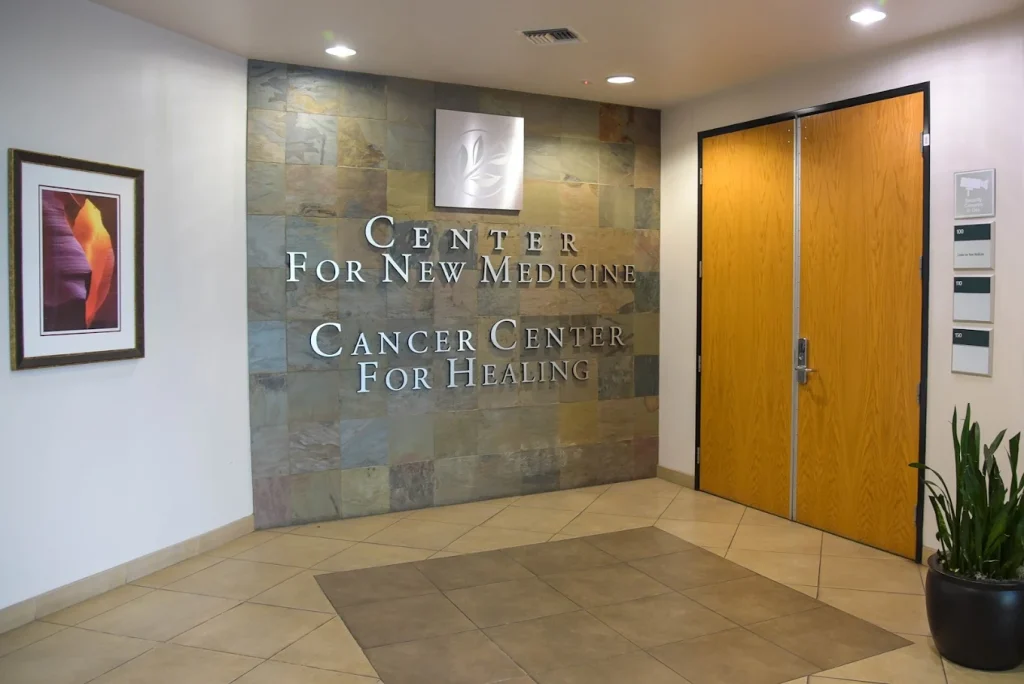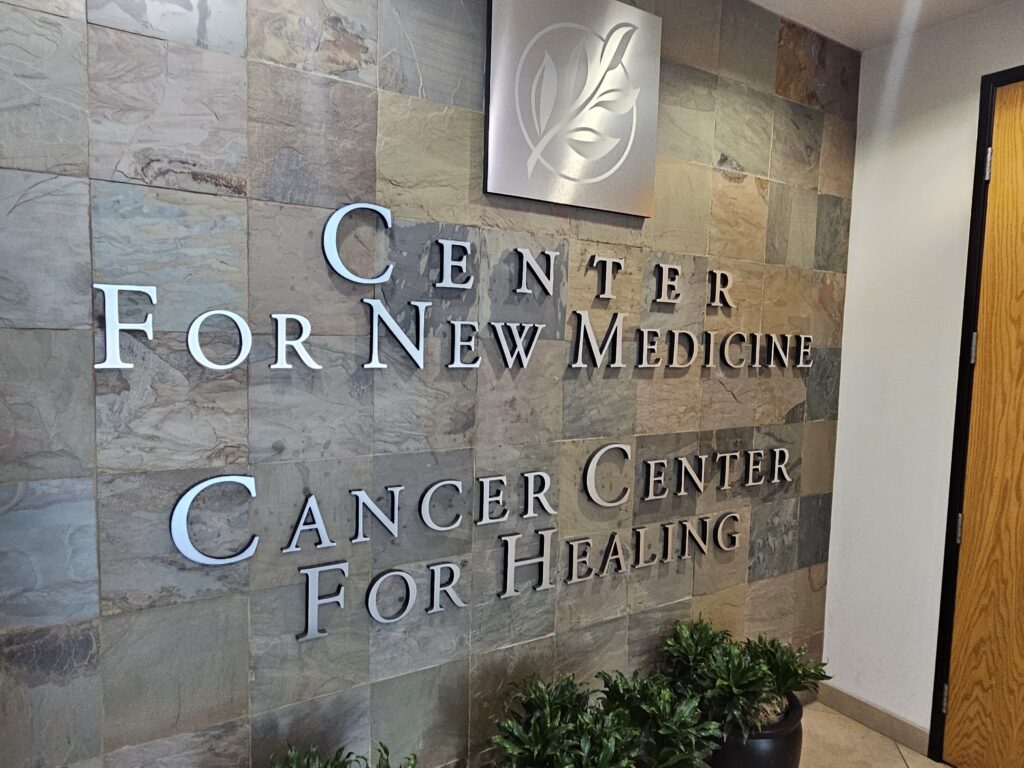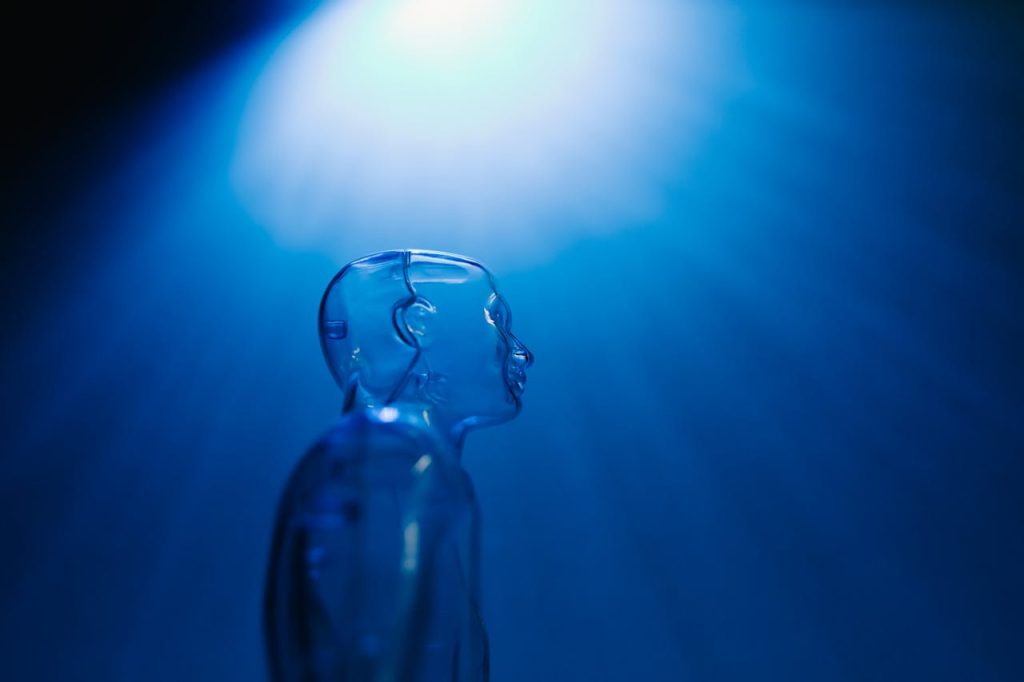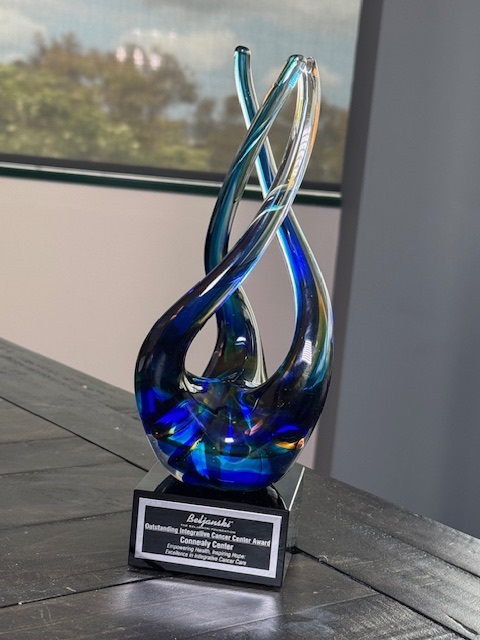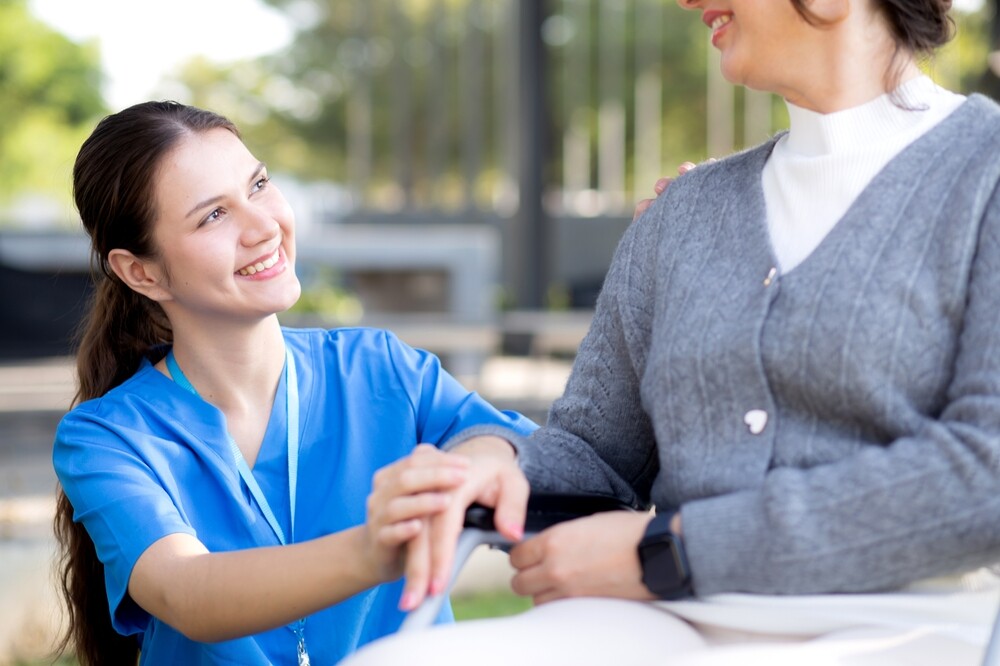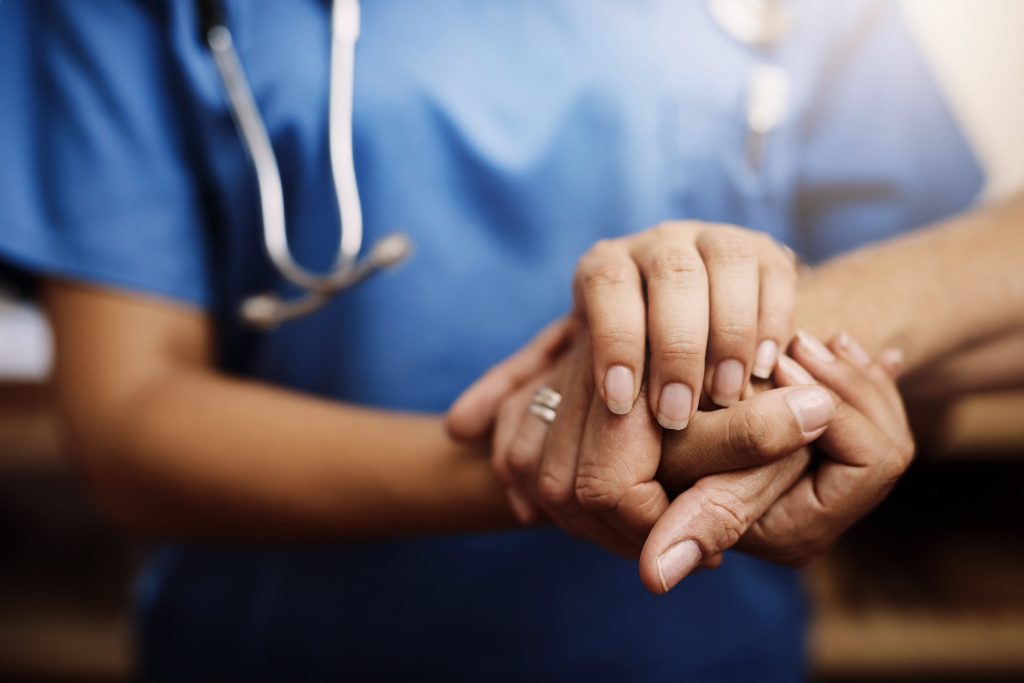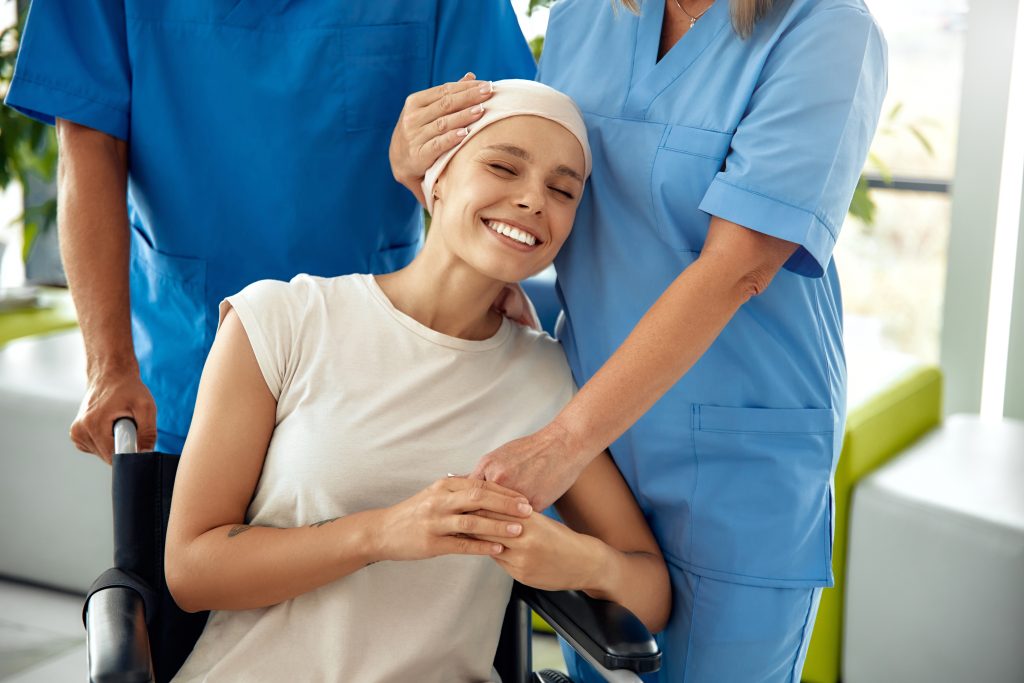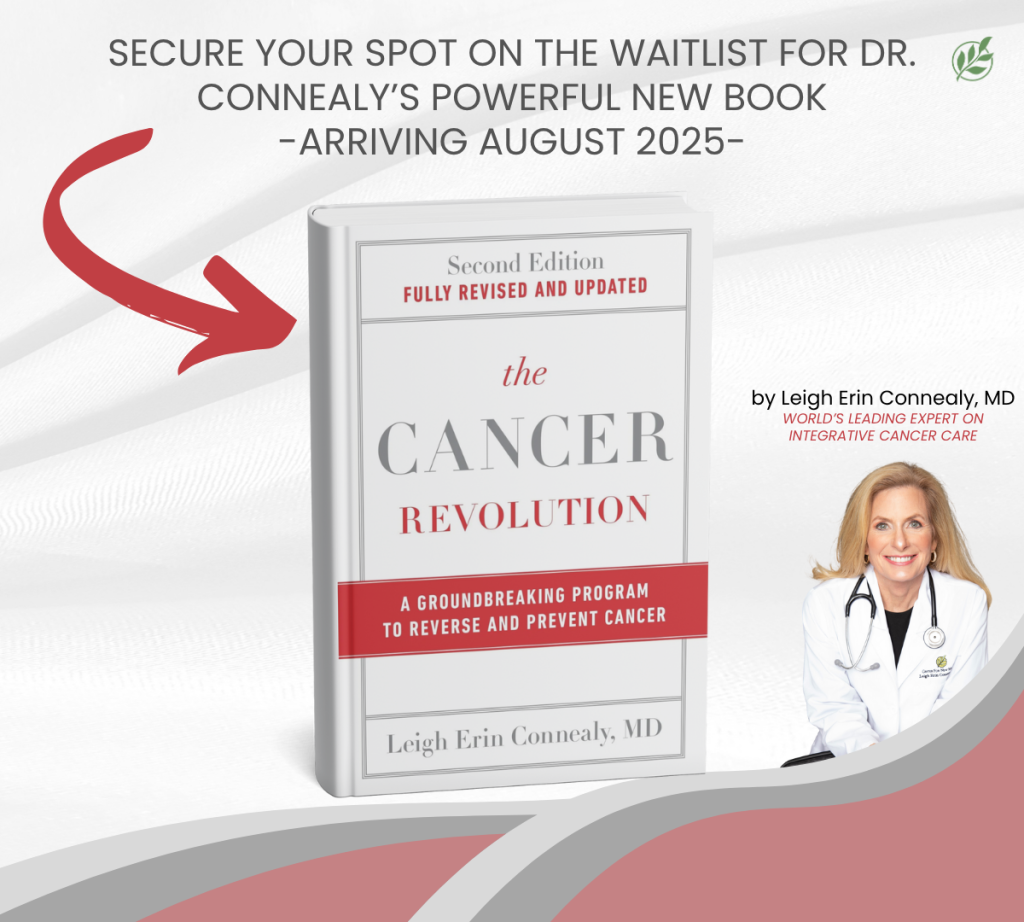“Can teens get lung cancer?” It’s a question we occasionally hear from worried parents or curious teens themselves. While the short answer is yes, it’s important to emphasize that lung cancer in teens is extremely rare. Most cases of lung cancer occur in older adults with decades of environmental exposure, but that doesn’t mean it’s impossible for a teenager to develop this condition. In this article, we’ll explore why lung cancer in teens is so rare, the metabolic and environmental factors that play a role, and how to stay proactive in reducing risk.
How Rare Is Lung Cancer in Teens?
Statistically, lung cancer is one of the least common cancers among adolescents. According to research, the vast majority of lung cancer diagnoses occur in individuals over the age of 65. In fact, only a fraction of 1% of all lung cancer cases occur in people under 25. This rarity is due in large part to the length of time typically required for cancer to develop, which is closely tied to cumulative exposure to carcinogens and the aging of cells.
Still, the question lingers: Can teens get lung cancer? Yes—but the road to that diagnosis is usually complex and rooted in genetic predisposition, metabolic imbalances, or unusual environmental exposures.
Metabolic Factors: The Genetic and Cellular Perspective
The term “metabolic” refers to the biochemical processes that keep our bodies functioning. Cancer is, at its core, a metabolic disease, meaning that it begins with abnormal changes in cell function and energy production. In most adults, these changes result from long-term exposure to toxins that cause mutations in DNA. In teens, however, when lung cancer does occur, it’s more likely the result of genetic mutations that are inherited or arise spontaneously.
Some metabolic causes include the following:
- Inherited gene mutations that disrupt normal cell growth and apoptosis (programmed cell death)
- EGFR mutations, which are common in lung adenocarcinomas and may appear in younger patients without a history of smoking
- ROS1 or ALK gene rearrangements, which have been linked to lung cancer in younger non-smokers
- Mitochondrial dysfunction, which alters the way cells produce energy and contributes to abnormal growth
Because teens haven’t had enough time to accumulate decades of damage from smoking or environmental toxins, metabolic disruptions become a more prominent explanation when lung cancer develops at such a young age.
So again, can teens get lung cancer from metabolic dysfunction alone? It’s rare—but possible, especially when the genetic deck is stacked against them.
Environmental Triggers: Secondhand Smoke, Pollution, and Radon
While genetics set the stage, environmental exposures can still influence cancer development in teens, even in a short period of time. The body’s response to external toxins can trigger inflammation, oxidative stress, and DNA damage—all of which are cancer risk factors.
Let’s break down the most common environmental contributors:
1. Secondhand Smoke
Even if a teen doesn’t smoke, living with smokers or being in smoky environments exposes them to carcinogenic substances. Repeated exposure to secondhand smoke during childhood or adolescence has been shown to increase the risk of developing lung cancer later in life—and, in rare cases, earlier.
2. Radon Gas
Radon is a naturally occurring radioactive gas that seeps into homes from the ground. It’s the second leading cause of lung cancer in the U.S. and can be particularly dangerous because it’s odorless and invisible. Teens living in homes with high radon levels may be unknowingly exposed to cancer-causing radiation over time.
3. Air Pollution
Particulate matter from vehicle exhaust, industrial emissions, and wildfires can contribute to lung damage. In urban areas with poor air quality, adolescents may be at increased risk—even if the exposure has been short-term. Over time, pollution contributes to chronic inflammation and cellular mutations in the lungs.
So, while the question “Can teens get lung cancer?” is most often answered with “Rarely,” these environmental factors can still pose a threat, especially when paired with other risk elements.
Signs and Symptoms to Watch For
Because lung cancer is so uncommon in young people, it’s often misdiagnosed. The symptoms—persistent cough, chest pain, wheezing, or shortness of breath—are easily mistaken for asthma or respiratory infections. In cases where symptoms don’t resolve or worsen, further evaluation is crucial.
Can teens get lung cancer and go undiagnosed for months? Unfortunately, yes. Awareness and early investigation are key.
Prevention and Proactive Steps
While we can’t change our genetics, we can be mindful of our environments and health habits. Here’s how families can help reduce the risk:
- Test your home for radon—especially if you live in an area with known radon issues.
- Create a smoke-free home and car environment.
- Invest in air purifiers, especially in high-pollution areas or wildfire zones.
- Encourage a nutrient-rich, anti-inflammatory diet, which supports cellular health and immune defense.
- Seek genetic counseling if there’s a family history of lung or other cancers.
At the Cancer Center for Healing in Irvine, we take a holistic approach to cancer care—blending genetic analysis, metabolic therapies, detox protocols, and lifestyle guidance to address the root causes of disease. We believe that even when cancer appears in unexpected populations, it can be understood and treated through personalized, integrative medicine.
Final Thoughts
So, can teens get lung cancer? Yes—but it’s extremely rare. When it does occur, it’s often the result of a unique combination of genetic predisposition and environmental exposures. At the Cancer Center for Healing, we’re committed to raising awareness about the rare—but real—possibility of lung cancer in teens. Through prevention, early detection, and comprehensive care, we strive to support families in protecting their health at every stage of life.
To learn more about our integrative approach to cancer diagnosis and care, visit our Integrative Oncology page.


